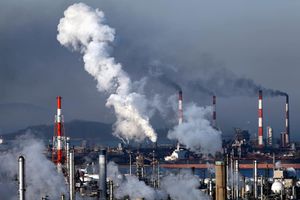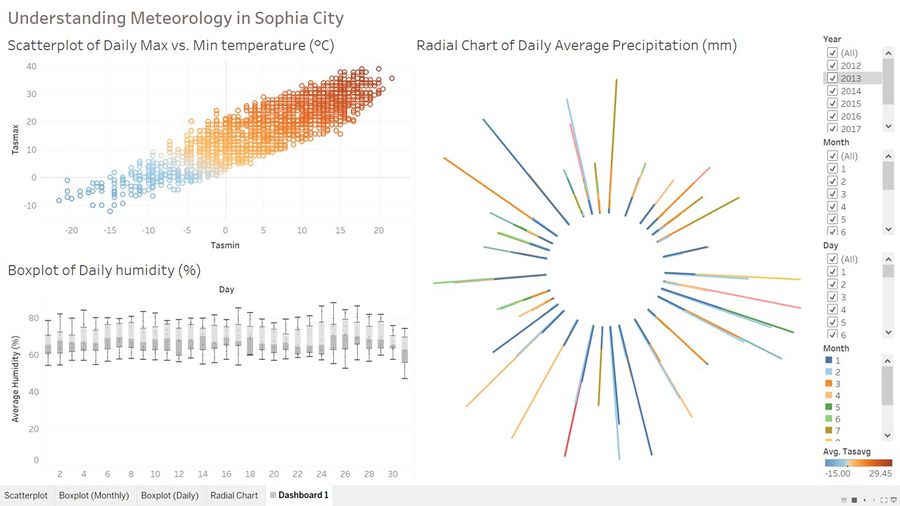Difference between revisions of "Task 3: Other Factors Affecting Air Quality"
Yqchia.2017 (talk | contribs) |
Yqchia.2017 (talk | contribs) |
||
| Line 43: | Line 43: | ||
[[File:METEO dashboard.jpg|900px|frameless|left]] | [[File:METEO dashboard.jpg|900px|frameless|left]] | ||
| + | |||
| + | |||
| + | |||
| + | |||
| + | |||
| + | |||
| + | |||
| + | |||
| + | |||
| Line 75: | Line 84: | ||
A thermal power station is a power station in which heat energy is converted to electric power. In most of the places in the world the turbine is steam-driven. Water is heated, turns into steam and spins a steam turbine which drives an electrical generator. This process is fueled by burning coals which releases sulfur dioxide, nitrogen oxides, particulate matter (PM), and heavy metals.<br/> | A thermal power station is a power station in which heat energy is converted to electric power. In most of the places in the world the turbine is steam-driven. Water is heated, turns into steam and spins a steam turbine which drives an electrical generator. This process is fueled by burning coals which releases sulfur dioxide, nitrogen oxides, particulate matter (PM), and heavy metals.<br/> | ||
| − | [[File:Power plant in sophia.jpg| | + | [[File:Power plant in sophia.jpg|500px|frameless|left]] <br/> |
| Line 81: | Line 90: | ||
| − | [[File:Power plant outide sophia.jpg| | + | [[File:Power plant outide sophia.jpg|500px|frameless|left]] |
Revision as of 01:03, 19 November 2018
|
|
|
|
|
|
|
Understanding other factors affecting air quality in Sofia
Contents
Overview
According to Unmask My City, a global initiative dedicated to improving air quality and reducing emissions in cities, Bulgaria’s sources of air pollution includes household burning of fossil fuels or biomass, and transport. Specifically, coal plants are responsible for most of Bulgaria’s PM10 and fine particle pollution PM2.5 (particles 2.5 microns or smaller) e.g. sulfur dioxide and nitrogen oxide emissions.
For this task, we will examine the possible industrial reasons attributing to the air pollution situation in Sofia e.g. presence of thermal power plants, transboundary pollution etc. We also attempt to undercover the relationship between natural factors such as local meteorology and topography, and their impact on the trends highlighted in earlier tasks.
Potential factor 1: Meteorology in Sofia City
Local meteorology factors such as temperature, pressure, rainfall, humidity, wind are represented in the “METEO” dataset provided.
Potential factor 2: Presence of local thermal power plant
A thermal power station is a power station in which heat energy is converted to electric power. In most of the places in the world the turbine is steam-driven. Water is heated, turns into steam and spins a steam turbine which drives an electrical generator. This process is fueled by burning coals which releases sulfur dioxide, nitrogen oxides, particulate matter (PM), and heavy metals.



